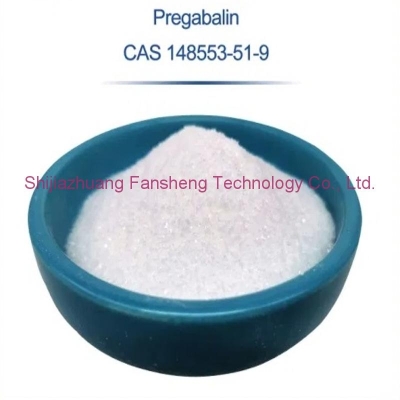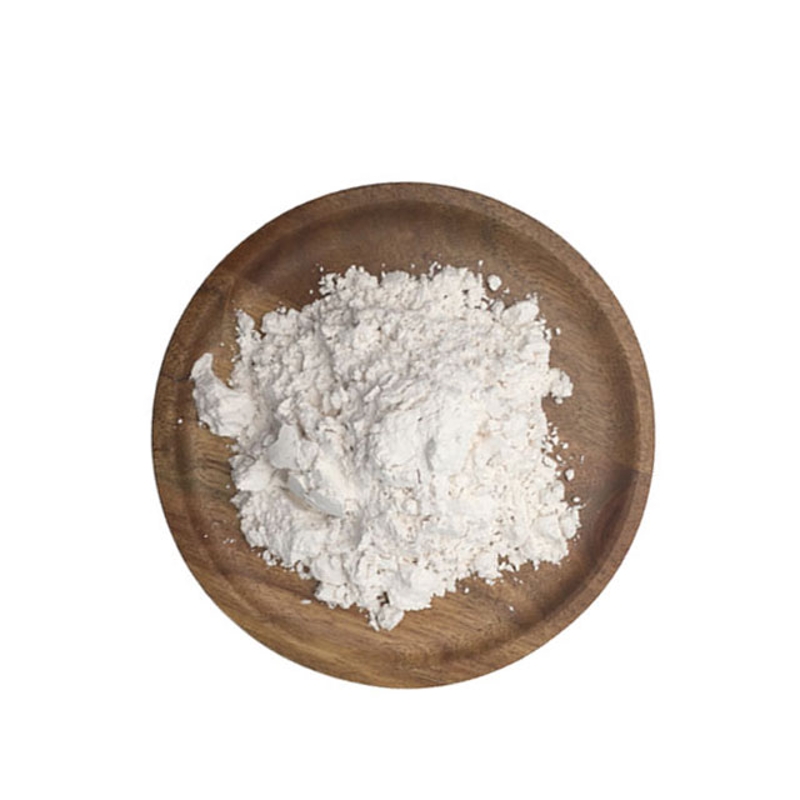-
Categories
-
Pharmaceutical Intermediates
-
Active Pharmaceutical Ingredients
-
Food Additives
- Industrial Coatings
- Agrochemicals
- Dyes and Pigments
- Surfactant
- Flavors and Fragrances
- Chemical Reagents
- Catalyst and Auxiliary
- Natural Products
- Inorganic Chemistry
-
Organic Chemistry
-
Biochemical Engineering
- Analytical Chemistry
- Cosmetic Ingredient
-
Pharmaceutical Intermediates
Promotion
ECHEMI Mall
Wholesale
Weekly Price
Exhibition
News
-
Trade Service
At present, to correctly judge whether a patient with subtle cognitive symptoms (such as memory loss) has prodromal or preclinical Alzheimer’s disease (AD), and develops into dementia in the near future, is still for clinicians A challenge.
diagnosis
Although in recent years, the biomarkers that characterize the progression of AD and AD to dementia have been greatly developed, including β-amyloid (Aβ42) or Aβ42/Aβ40 ratio in cerebrospinal fluid (CSF), P-tau and neurofilament Light chain (NfL) analysis, as well as Aβ-positron emission tomography (PET) and tau-PET, but their invasiveness, high cost, and limited availability limit their application to a few highly specialized centers.
Recent research results have made a possible turning point in AD prediction, that is, the development of blood-based biomarkers, which allows the measurement of NfL, Aβ42/Aβ40 and P-tau (threonine 181 or threonine 217) in plasma.
Recently, researchers conducted studies on participants with subjective cognitive decline and mild cognitive impairment in the BioFINDER (n = 340) and Alzheimer's Disease Neuroimaging Initiative (ADNI) (n = 543) studies .
The subjects’ plasma P-tau, plasma Aβ42/Aβ40, plasma neurofilament light chain, APOE genotype, simple cognitive test, and AD-specific magnetic resonance imaging measurement were tested, and whether they had progressed to the AD test was recorded.
Combining plasma P-tau217, memory, executive function and APOE produces higher accuracy Combining plasma P-tau217, memory, executive function and APOE produces higher accuracy
There is a similar AUC (0.
Comparison of AD dementia prediction results and clinical predictions within 4 years
Compare the prediction results of AD dementia with clinical predictions within 4 years Compare the prediction results of AD dementia with clinical predictions within 4 yearsIn addition, the researchers proved that the use of cerebrospinal fluid P-tau, Aβ42/Aβ40 and neurofilament light chain instead of plasma biomarkers did not significantly improve the accuracy , and the accuracy of clinical prediction by the memory clinic doctor was significantly lower (4-year AUC= 0.
Using cerebrospinal fluid P-tau, Aβ42/Aβ40 and neurofilament light chain instead of plasma biomarkers did not significantly improve accuracy.
The combination of plasma P-tau and a brief cognitive test and APOE genotyping may greatly improve the diagnosis of AD.
Original source:
Original source:Sebastian Palmqvist et al.
et al.
Leave a message here







